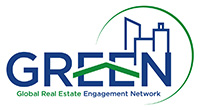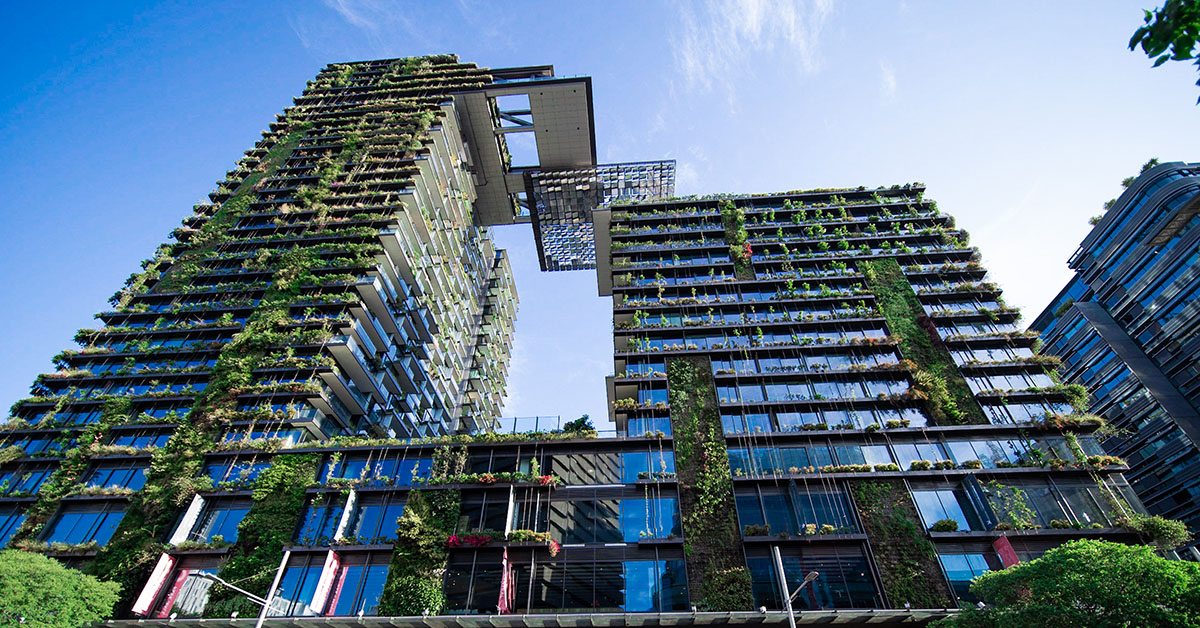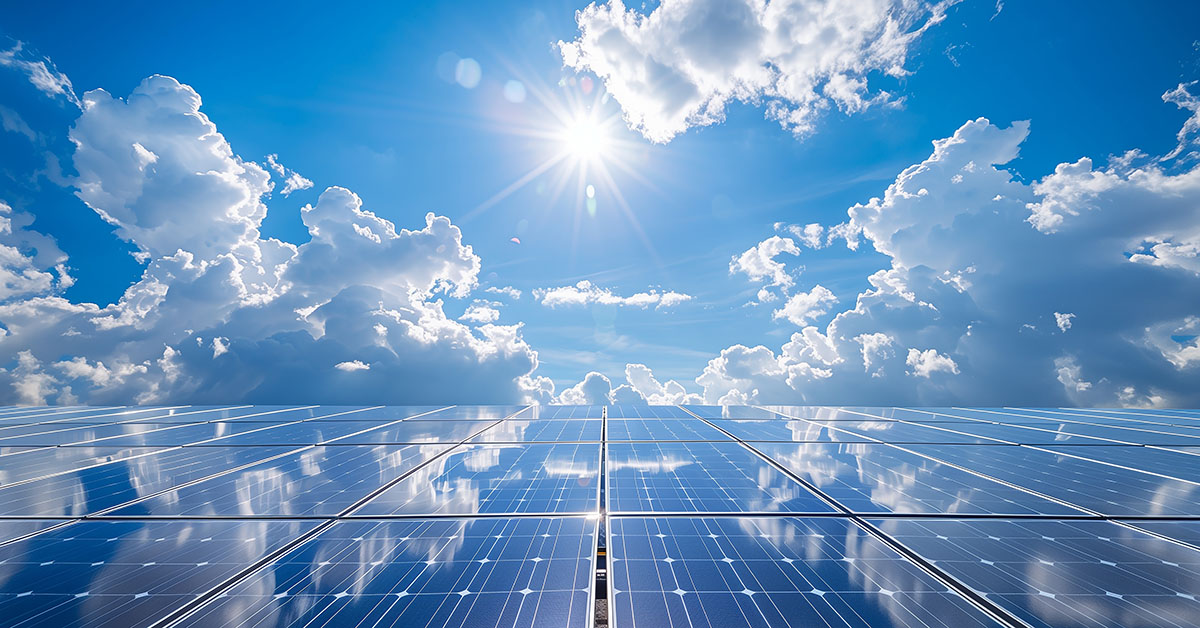Green Buildings: Premium Valuations and Lending Discounts
Developing more energy-efficient buildings or retrofitting existing buildings is an essential strategy for reducing our environmental footprint. Owning or developing these buildings can also lead to higher valuation. A wide literature has discussed the presence of a so-called ‘green premium’, where commercial and residential buildings with higher energy-efficiency standards are transacted and rented out at higher prices (e.g. Eichholtz et al.,2010, 2013; Brounen and Kok, 2011). The equity side of green buildings is thus widely discussed, but the effect of environmental features on lending conditions is not as well known.
This article will focus on a recent study conducted in the European commercial real estate market that examines whether ‘green’ buildings benefit from more favorable financing terms compared to their ‘grey’ counterparts. Here, ‘green’ buildings are defined as buildings that use less energy, whereas ‘grey’ buildings use relatively a lot of energy. They will thus answer the question of whether the ‘green discount’ for lending conditions is as widely established as the ‘green premium’ in building valuation.
Green factors and risk
Green factors in buildings can reduce risk for lenders in multiple ways. First of all, they are on average associated with lower operating costs and better long-term performance. Additionally, the increased presence of environmental regulations, such as the EU ETS2, put buildings with lower energy-efficiency standards at higher risk. Green buildings are more likely to comply with future regulations and thus have a more stable valuation concerning transition risk. Market demand is also shifting more to greener buildings, which creates less risk regarding the occupancy of green buildings.
Lenders also have increased demand for greening their portfolio, for instance, because they need to report their Green Asset Ratio. Holding green buildings can be a great strategy to achieve this goal. Due to these advantages, the value of green buildings is more stable over time and can generate a predictable income thus leading to a lower lending rate demanded. Multiple studies confirm that lenders who hold a greener portfolio see favorable performance, for instance in terms of lower default risk and credit risk (Del Gaudio et al., 2022), and a lower non-performing loan (NPL) ratio (Cui et al., 2018).
More benefits of green buildings
The authors use European commercial loan data from 2018 to 2023 with a loan value of more than €30 billion. By examining the assessment of properties by lenders, the study explores whether green features lead to a lower interest rate spread and higher loan-to-value ratio. The greenness of buildings is defined by the actual energy intensity of the building, as opposed to energy labeling systems that have been used in previous studies. This is an important distinction, as the actual energy usage is becoming increasingly important from a regulatory perspective. Across loans of 728 commercial buildings, the paper finds that green buildings have a 5.35% lower contracted spread and a 3.92% lower target spread. This spread is persistent over the 6 year observation period. However, the authors find no effect on the LTV ratio of loans.
Leveraging green discounts in lending
These findings provide additional insights into the potential advantages of developing and investing in green buildings, next to the higher expected rent and transaction price (e.g. Eichholtz et al.,2010, 2013; Brounen and Kok, 2011). Lenders should consider integrating green assessments into their lending criteria to offer competitive loan terms for green buildings, potentially attracting environmentally conscious borrowers. This is also a strategy that is becoming more popular and can be observed in offers by lenders in different countries. Although we already observe lenders offering more favorable loan rates, there is room for more awareness of potentially higher upfront costs of developing green buildings which could demand higher loan-to-value rates.
Investor awareness
Investors can benefit from these favorable terms by prioritizing green properties in their portfolios, thus reducing financing costs and enhancing long-term returns. Additionally, these higher green standards might be a necessary condition in the future in order to qualify for a loan. Both lenders and investors should stay informed about evolving sustainability standards and leverage available incentives to maximize the financial and environmental benefits of green buildings in commercial real estate.
Call upon other investors to collaborate to achieve real-world impact
GREEN is a not-for-profit collaborative engagement initiative for institutional investors, focusing on reducing climate risk in the real estate industry. GREEN members acknowledge the importance of collaboration to initiate change and maximize impact. We, therefore, call upon other institutional investors to join GREEN and work together towards a Paris-aligned real estate sector. Check the investor statement for more information.
Disclaimer
The views presented in this article reflect the views of the GREEN Secretariat but do not necessarily represent those of the individual GREEN members.






